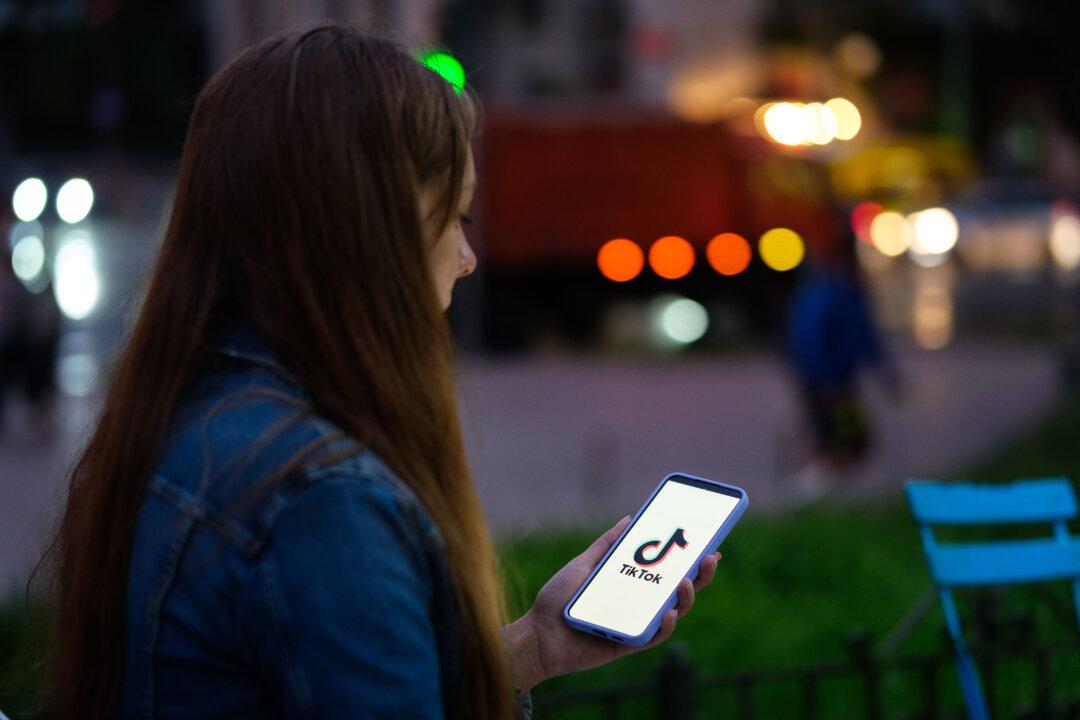When I speak with friends in their 60s and 70s, a common lament surfaces: “Kids today are glued to screens. They’re anxious, ungrounded, and they don’t know the value of real life.”
It can feel as though an uncrossable canyon has opened between generations. The nightly news amplifies that feeling with an endless stream of outrage, division, and doomscroll-worthy headlines. But step past the noise, and you’ll find a quieter story—one that should give every Baby Boomer real hope about the future.
Ironically, these are the very things that many baby boomers already value. Reading books. Cooking real food. Sitting on the porch. Walking just to think. It turns out that the generations aren’t so different—they’re just navigating life from opposite ends of a noisy digital storm.
None of this means that the younger generation is weaker. It means that the battlefield has changed. Their struggles are more invisible, more constant, and more personal. That’s why the turn to analog—vinyl, books, walking, journaling—isn’t just charming. It’s strategic. It’s a return to tools that restore calm, presence, and clarity.
Rather than write off the younger generations, boomers have an opportunity to become their mentors—not with lectures or judgment, but with presence. Young people don’t need more content—they need connection. And who better to model that than those who remember what life felt like before the digital invasion?
So maybe invite a younger family member to listen to your favorite record. Read a chapter of a book together. Swap skills—ask them to explain a new app, and show them how to fix a loose doorknob or balance a checkbook. The more we engage across generations, the more we realize we’re craving the same things: meaning, stillness, purpose, and real conversation.
In 1969, Americans of all ages watched in awe as Neil Armstrong took that first step on the moon. That collective sense of wonder united a nation. Being Gen X myself, I wasn’t alive to witness that historic event, yet perhaps today’s moon-shot is more inward—a shared return to depth, focus, and faith in each other. And the good news is, it’s already happening. It’s just quieter than you might expect.
You’ll see it in the flicker of a record spinning. In a teenager staring at the sky instead of a screen. In a handwritten poem tucked into the back pocket of a worn thrift-store coat. Maybe we’re not as far apart as we think. Maybe we just need a slower, quieter way back to each other.







